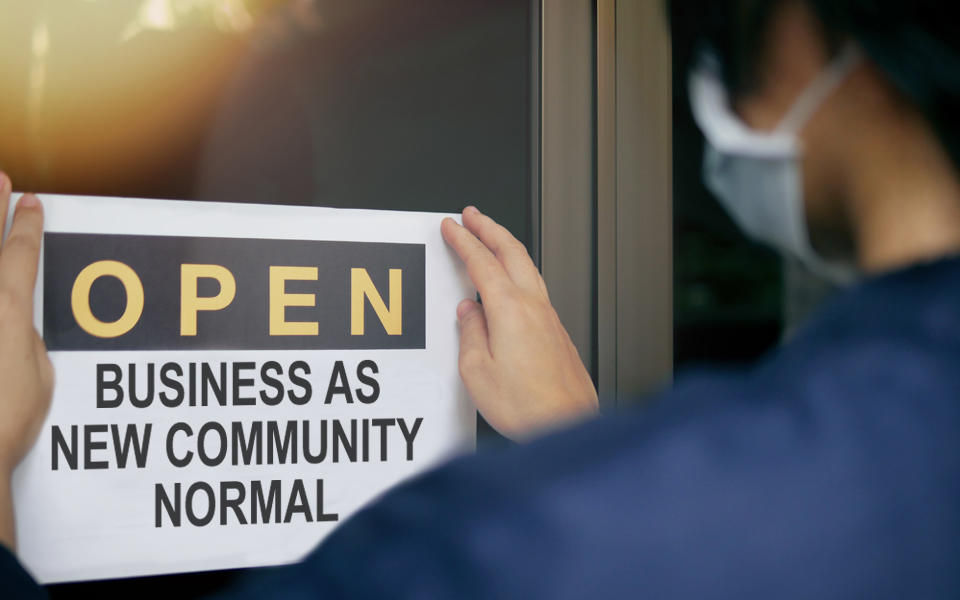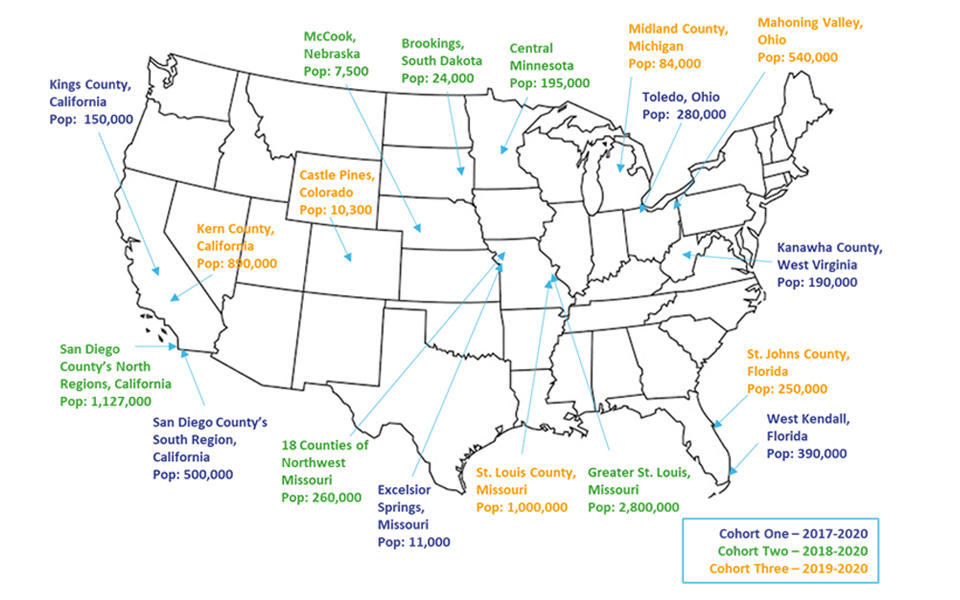Blogrige
The Official Baldrige Blog
Now Is the Time for Your Local Community to Choose Excellence

Communities across America have long struggled with systemic issues, such as education disparities, income inequality, access to health care, diversity and inclusion, and inequalities in economic opportunity. When these issues are addressed, they are generally addressed in silos without the benefit of a comprehensive framework for proactive intra-community collaboration. In 2013, Communities of Excellence 2026 was formed as a nonprofit organization with the purpose of helping communities work together using a Baldrige-based community-centric framework. The goal is to achieve communities of excellence across America by the 250th anniversary of our country in 2026. To date three learning collaboratives, involving 18 communities across the U.S., have been established.

The 18 communities, representing a cross-section of rural, suburban, and urban communities, are tackling challenging issues for each of their individual communities. Issues have included childhood obesity, mental health, substance abuse, and lack of quality education and job opportunities. In addition to their community-focused work, they work together across communities to share approaches, best practices, and challenges.
For most of the communities, their longer-term focus has been interrupted as they deal with the current pandemic. Many of these communities started better prepared because of the cross-sector relationships they had already developed. The current challenges led them to new insights on achieving community excellence.
I want to share some of those insights for your local communities to consider, so that all communities may benefit from the efforts of these pioneering eighteen. I will address these insights from the perspectives of community strategy and community resilience, and I will share some immediate benefits these communities have enjoyed because of their excellence groups.
Community Strategy
As these communities convened their steering teams, already established using the Communities of Excellence Framework, to tackle their new real-time challenges they had numerous insights into their previously articulated long-term strategies. They had a compelling reality that caused them to rethink their existing vision statements. That vision and its associated strategy would need to address challenges whose depth and breadth they only now could appreciate. The good news was they had a steering committee already in place!
Some of their new challenges were job displacements and unemployment, community transportation needs, a community disaster plan that was not solely local government managed, the need for a strategic plan that was jointly conceived by government, business leaders, public sector organizations, nonprofits, and key resident demographic groups. While many of these steering teams already involved sector leaders in their strategic planning, residents had been considered customers and not co-creators. They realized resident participation in crafting strategy was now critical.
The most pervasive insight across all communities (rural, urban, suburban) was the need in the new "normal" to develop a community strategy for broadband access. This will be a major and expensive undertaking. Broadband issues arose in houses with existing access and parents working while children were attending on-line school. It arose in rural locations with no broadband access. It placed emphasis on socio-economic disadvantages within a school district, when some students had excellent access and others no access at all..
The biggest insight has been that by jointly planning for the community, rather than planning in silos, the whole truly is greater than the sum of the parts. And they had many of the mechanics for joint planning in place.
Community Resilience
The National Institute of Standards and Technology (NIST), home of the Baldrige Program, has a website devoted to community resilience. It defines community resilience as, "the ability to prepare for anticipated hazards, adapt to changing conditions, and withstand and recover rapidly from disruptions. Activities, such as disaster preparedness—which includes prevention, protection, mitigation, response and recovery—are key steps to resilience."
With a fresh appreciation for community resilience, the 18 pilot communities realized they have a mix of basic needs and long-term needs to address in becoming truly resilient. Basic needs included better community-wide communication and collaboration. One community identified 150 governmental units addressing different and related needs. There were alignment challenges that went beyond the government entities to collaboration with business and public benefit groups attacking many of the same issues. The most basic needs included residents with food and financial insecurity and businesses with survivability issues. Collaboration was key to addressing some of these challenges and the community excellence groups had the framework for collaboration in place.
Longer-term needs included better transportation, health care access for all, and the need to address the digital divide in their communities. Jobs will be different in the future and communities need to have infrastructure and training. Ideas and solutions need to be tested in a collaborative environment.
Immediate Benefits
Existing mechanisms for collaboration, communication, and alignment among groups engaged in a community of excellence was the most immediate benefit. Two examples from the pilot 18 communities are an immediate process for sharing of protective masks and the sharing of existing refrigerated trucks for community-wide food distribution. A can-do attitude replaced an attitude of being overwhelmed.
Perhaps the most significant overall benefit is that these communities are now asking themselves, as we return to "normal" what if "normal" is not good enough. They have seen how effectively they can put what they have learned from their current development of a collaborative short-term strategy to use in striving for a "normal" that seeks excellence. They have learned how to turn challenge into opportunity.
Want to Learn More?
If you would like your community to function more like these 18 pilot communities, you can learn more about Communities of Excellence 2026. If you would like to join the next cohort of this learning collaborative, you can get additional information and view an educational webinar. Together we could make the 250th anniversary of our country so much richer if we were a nation of communities of excellence!






Excellent thought for a "young national entity".
Best wishes and regards,
s/David Landman/
Ph.D., B.Sc. (1st class Honours), Organic Chemistry, Commonwealth Scholarship, University of Sydney, Australia;
Robert S. Welch Foundation Postdoctoral Scholar, University of Texas at Austin with the first ever Robert A. Welch Foundation Professor of Chemistry at Michael James S. Dewar;
U.S. Registered Patent Agent licenced by and a member of the is Patent Bar of the United States Patent & Trademark Office.